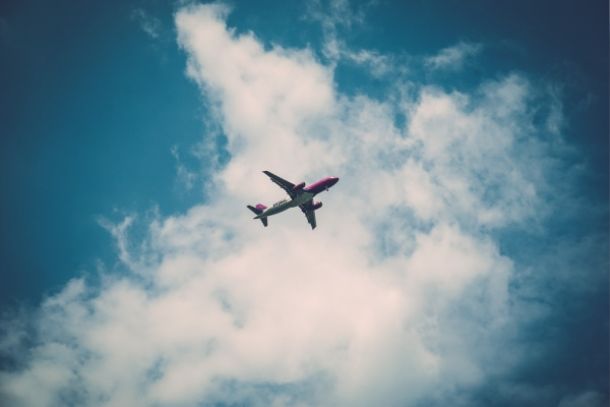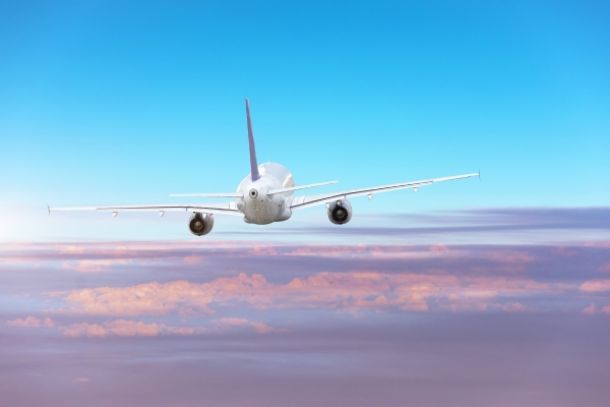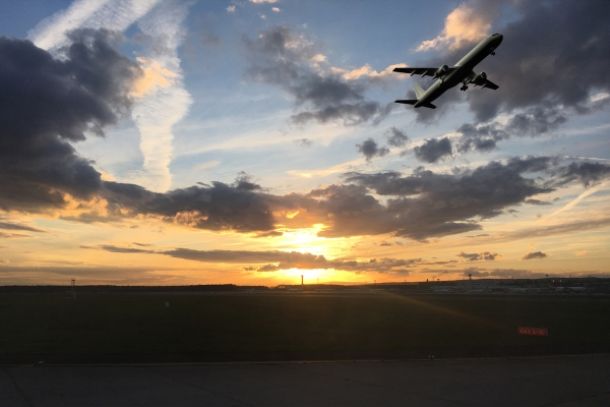Understanding Fare Classes to Find Cheaper Tickets
Understanding Fare Classes to Find Cheaper Tickets
Fare classes play a significant role in determining ticket prices, flexibility, and amenities. Knowing how fare classes work can help you find cheaper tickets, secure upgrades, and make the most of your travel experience. Here’s a guide to understanding fare classes and using them to your advantage.
1. What Are Fare Classes?
Fare classes are codes that airlines use to categorize tickets based on price, flexibility, and amenities. Each letter in a fare class represents a different level of service, such as economy, premium economy, business, or first class. Within each cabin, airlines assign specific codes that correspond to pricing, refundability, and other factors.
- Example: Economy class might include fare codes like Y (fully refundable), Q (non-refundable but upgradeable), and U (non-refundable with no changes allowed).
2. How Fare Classes Affect Pricing
Different fare classes within the same cabin often have varying prices, depending on restrictions and availability. Generally, the more restrictions a fare has (e.g., non-refundable, no changes), the cheaper it is. More flexible fares with options for changes and refunds tend to be pricier.
- Tip: If flexibility isn’t crucial, choosing a restricted fare class (like Basic Economy) can save you money on your ticket.
3. Look for Fare Classes That Offer Upgrades
Some fare classes within economy or premium economy allow you to upgrade to a higher cabin for a fee or with miles. This can be a cost-effective way to enjoy business class without paying the full fare.
- Example: A ticket booked in an “M” or “B” fare class in economy may qualify for a miles-based upgrade on certain airlines, whereas the cheapest “T” or “L” fare classes often do not.
4. Earn More Miles with Higher Fare Classes
Fare classes can impact how many miles or points you earn. Higher fare classes, even within economy, often earn more miles or loyalty points than the lowest fare classes, which sometimes offer reduced or no mileage accrual.
- Best approach: Check your airline’s mileage program to see if spending slightly more on a higher fare class could yield more points and added benefits.
5. Understanding Basic Economy vs. Main Economy
Basic Economy, the lowest fare class in economy, typically has the most restrictions, such as no seat selection, limited baggage allowance, and no changes or refunds. Main Economy, a slightly higher fare class, allows more flexibility and may include perks like seat selection and free carry-ons.
- Who it’s best for: Choose Basic Economy if you’re focused on price, and Main Economy if you need some flexibility and amenities.
6. Look for Premium Economy Fare Classes on Long-Haul Flights
Premium Economy offers a middle ground between economy and business class, with added perks like extra legroom, priority boarding, and better meal options. Booking in a Premium Economy fare class, like “W” or “T,” can be a budget-friendly way to improve your in-flight experience on long-haul flights.
- Extra tip: Some airlines offer discounted upgrades from Premium Economy to Business Class, making it a good choice if you’re hoping to upgrade.
7. Leverage Fare Class Codes for Better Customer Service
Higher fare classes within the same cabin often come with prioritized customer service, allowing you to receive quicker assistance during rebooking or in case of flight disruptions.
- Pro tip: In case of delays or cancellations, a higher fare class may increase your chances of rebooking on the next available flight.
8. Look for “Hidden” Fare Classes with Discounted Prices
Some online travel agencies and third-party booking sites offer access to lesser-known fare classes that may not appear on the airline’s website. These fare classes can offer slightly discounted rates due to reduced amenities.
- How to find them: Use comparison sites like Momondo or Skyscanner to view fare class options, then confirm the fare class terms before booking.
9. Book Fully Refundable Fare Classes When Plans Are Uncertain
If there’s a chance your travel plans may change, consider fare classes that offer refunds or changes. Fully refundable fare classes, such as “Y” in economy or “J” in business, provide peace of mind by allowing full refunds or flexible rebooking options.
- When it’s worth it: If your travel dates or destination are likely to change, the higher upfront cost of a refundable fare can save you money on change fees.
10. Check Airline Policies on Fare Class Upgrades
Each airline has different policies for fare class upgrades. Some airlines, like Delta and United, offer options to upgrade lower fare classes for a fee, while others restrict upgrades to only specific fare classes within each cabin.
- Best strategy: Familiarize yourself with your airline’s upgrade policies if you’re considering an upgrade, and select a fare class that allows it for maximum flexibility.
Conclusion: Making the Most of Fare Classes to Save on Flights
Understanding fare classes can help you make more informed booking decisions, from finding budget-friendly options to accessing upgrade opportunities. By selecting the right fare class for your needs, you can balance cost, flexibility, and benefits to enhance your travel experience.


